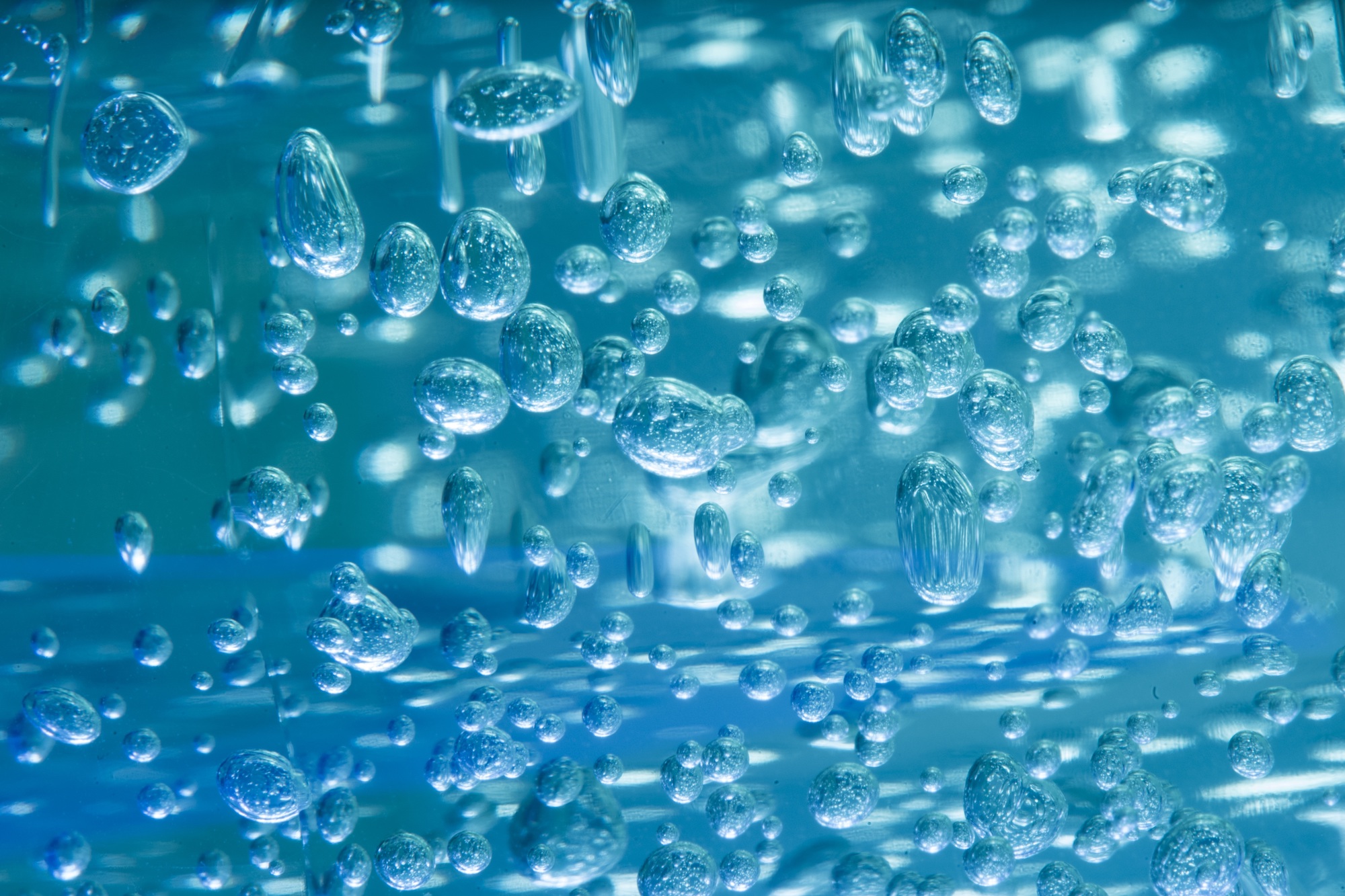
What is Cavitation?
Cavitation in a valve or pipeline refers to a phenomenon that occurs when the pressure of a fluid drops below its vapor pressure, causing the formation and subsequent collapse of vapor or gas bubbles. This collapse produces intense shockwaves and can lead to significant damage to the valve, pipeline, or associated equipment.
When the pressure in a fluid decreases, such as when it passes through a valve or encounters a constriction in a pipeline, the fluid may reach a pressure below its vapor pressure. At this point, the fluid rapidly vaporizes, forming small vapor or gas bubbles. These bubbles then travel to a higher-pressure region where they are subjected to increased pressure, causing them to implode or collapse. The collapse of these bubbles generates shockwaves that can result in a series of damaging effects, including:
- Erosion: The implosion of the vapor bubbles releases a high amount of energy, leading to the formation of localized shockwaves. These shockwaves can erode the surface of the valve or pipeline material over time, causing pitting, surface damage, and reduced lifespan.
- Noise and vibration: The collapse of vapor bubbles produces a characteristic noise known as “cavitation noise.” Additionally, the shockwaves generated can induce vibration in the valve or pipeline, potentially leading to mechanical failures or increased wear and tear.
- Performance degradation: Cavitation can affect the performance of valves by hindering their ability to control the flow accurately. The presence of vapor bubbles can disrupt the fluid flow, causing fluctuations, reduced efficiency, or even complete blockages.

Our Delta T Control Butterfly Valve
reduces cavitation in control applications
prone to this phenomenon.
To mitigate cavitation-related issues, several measures can be taken, including:
- Proper valve selection: Using valves specifically designed to handle high-pressure drops or incorporating cavitation-resistant materials can help minimize the effects of cavitation.
- Pressure regulation: Maintaining appropriate upstream and downstream pressures through the use of pressure-reducing valves or pressure relief valves can help prevent cavitation.
- Flow control: Employing throttling techniques, such as gradual opening or closing of valves, can reduce the pressure drop across the valve, minimizing the risk of cavitation.
- Maintenance and monitoring: Regular inspection, maintenance, and monitoring of valves and pipelines can help detect early signs of cavitation damage and take corrective actions before significant problems arise.
Overall, understanding and addressing cavitation is essential to ensure the reliable and efficient operation of valves and pipelines, preventing damage and extending their lifespan.









